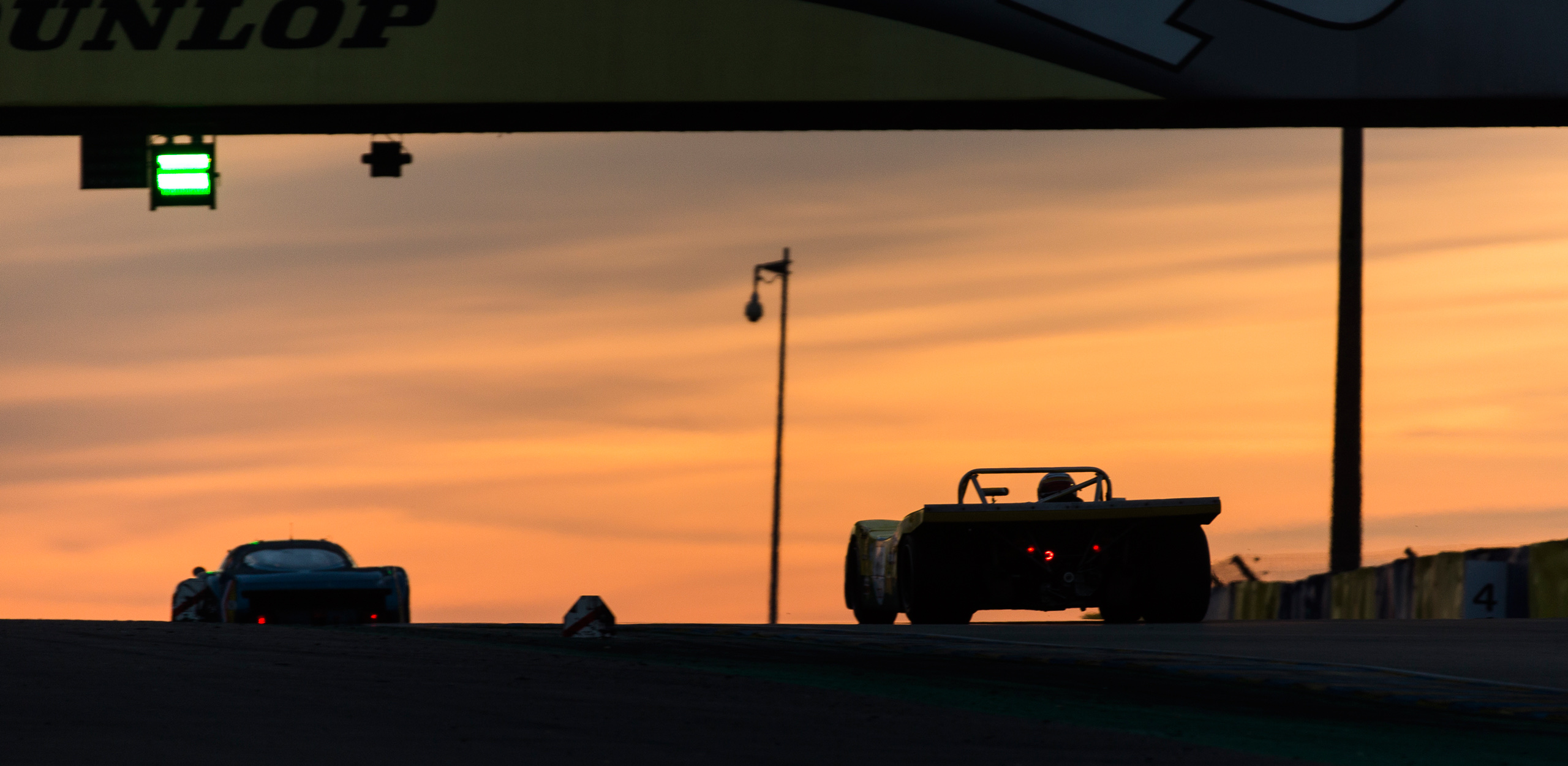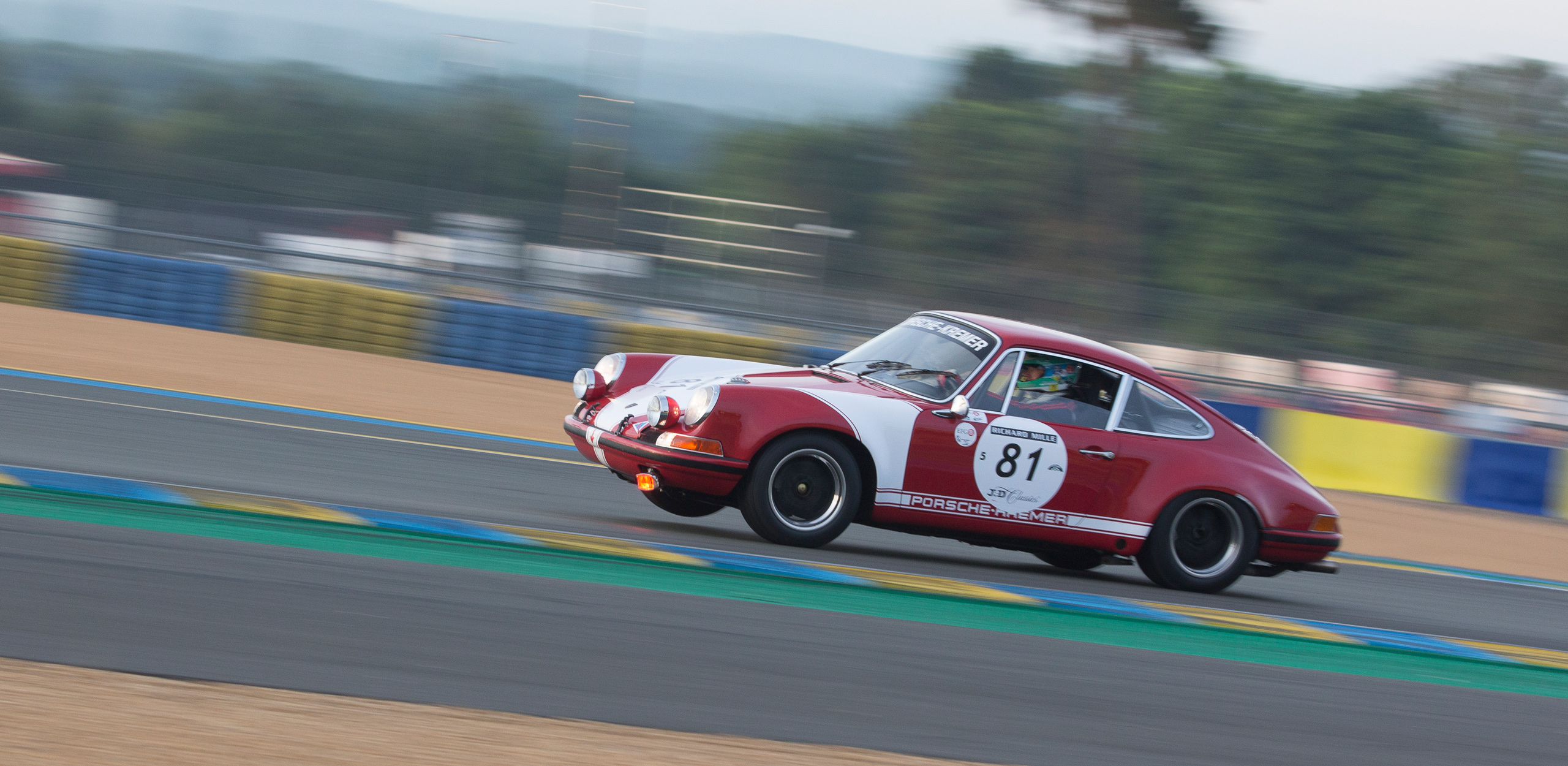
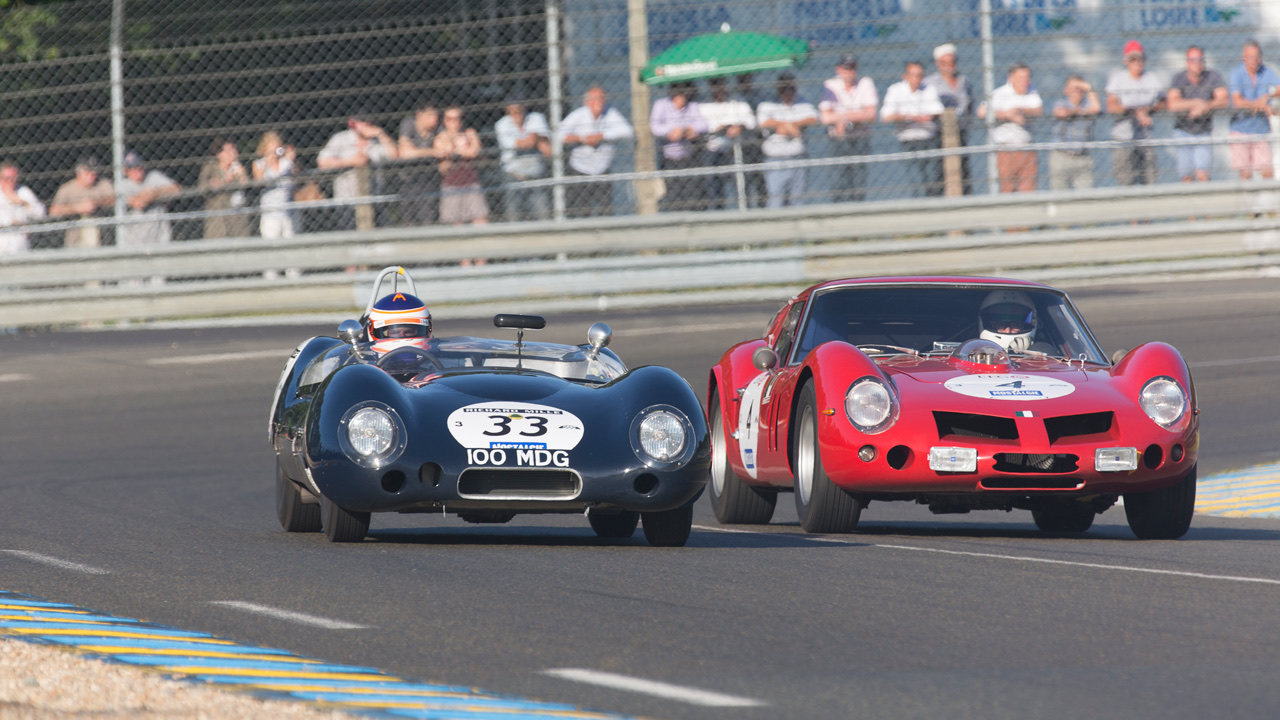
No sooner had the dust settled from the invasion of 250,000 spectators for the 2016 24 Hours of Le Mans, than the legendary Circuit de la Sarthe track readied for a very different but no less heated contest. This time, it would be the pilgrimage of 123,00 historic racing aficionados to pay homage to endurance racing history at the 24 Hours’ sequel; the Le Mans Classic.
The appreciative crowd would share golden memories while watching 1,000 drivers pilot more than 650 cars spanning from 1923 to 1979 at the bi-annual event. The event splits these racing icons into six groups which compete in three 43-minute races throughout the 24 hours.
Each group would contain 75 cars. To bring back even more memories, the first three grids also featured a former Le Mans ritual, the driver’s startline footrace to their cars. The groups were divided by performance thus:
| Grid 1: cars from 1923—1939 |
| Grid 2: cars from 1949—1959 |
| Grid 3: cars from 1957—1961 |
| Grid 4: cars from 1962—1965 |
| Grid 5: cars from 1966—1971 |
| Grid 6: cars from 1972—1979 |
For the faithful fans, it is racing car heaven. Come rain or shine, each day features cars from pre-war times, through the hallowed Group C Turbo era, racing at speeds that more than represented their actual performance envelope. Indeed, the 1990 Nissan R90 CK was timed at 330.1 KPH on the 3.7-mile Mulsanne; so one should lose their impression this is a mere parade. It is real racing around the full 8.5 mile Le Mans circuit, and there is no better place on the planet for a racing enthusiast who wants to relive racing history.
For those who currently lament F1’s “silent days,” it is especially hallowed ground. Listening to Grid 5’s 75 GT40s, Lola T70s and Porsche 917 all pass by in anger, their big block’s wailing to the heavens will help you to permanently remember how world-class racing used to sound.
And then there were the nine former Le Mans winners slotted to drive. Here on their own time, they mingled alongside the other drivers, as much in awe of the collection as they were with their chosen rides for the event. Of them, the man with the highest number of victories is Emanuele Pirro, five-time winner of the race with Audi (2000, 2001, 2002, 2006 and 2007). He drove an Alfa Romeo T33/3 (1969), a Lola T290 (1972) and a Lancia Beta Gr.V (1979). His former team-mate, Marco Werner, a three-time winner of the Le Mans 24 Hours, was also entered to drive three different cars: a Lotus IX (1955), a Maserati T63 Birdcage (1961) and a Maserati A6 GCS Barchetta (1954).
Current works Porsche driver Romain Dumas, first in the 2010 race in an Audi, competed in Group C Racing with a Porsche 962C. Gérard Larrousse, the current president of the Drivers’ Club and a driver who spearheaded the Matra attack in the early 70s, returned at the wheel of a Porsche 550 Spyder (1958). Eric Hélary, a hero of Peugeot’s historic triple in 1993 shared his time between a Chevrolet Corvette C3 (1970), a Lancia Beta Gr.V (1979) and an Alfa Romeo T 33 TT (1971).
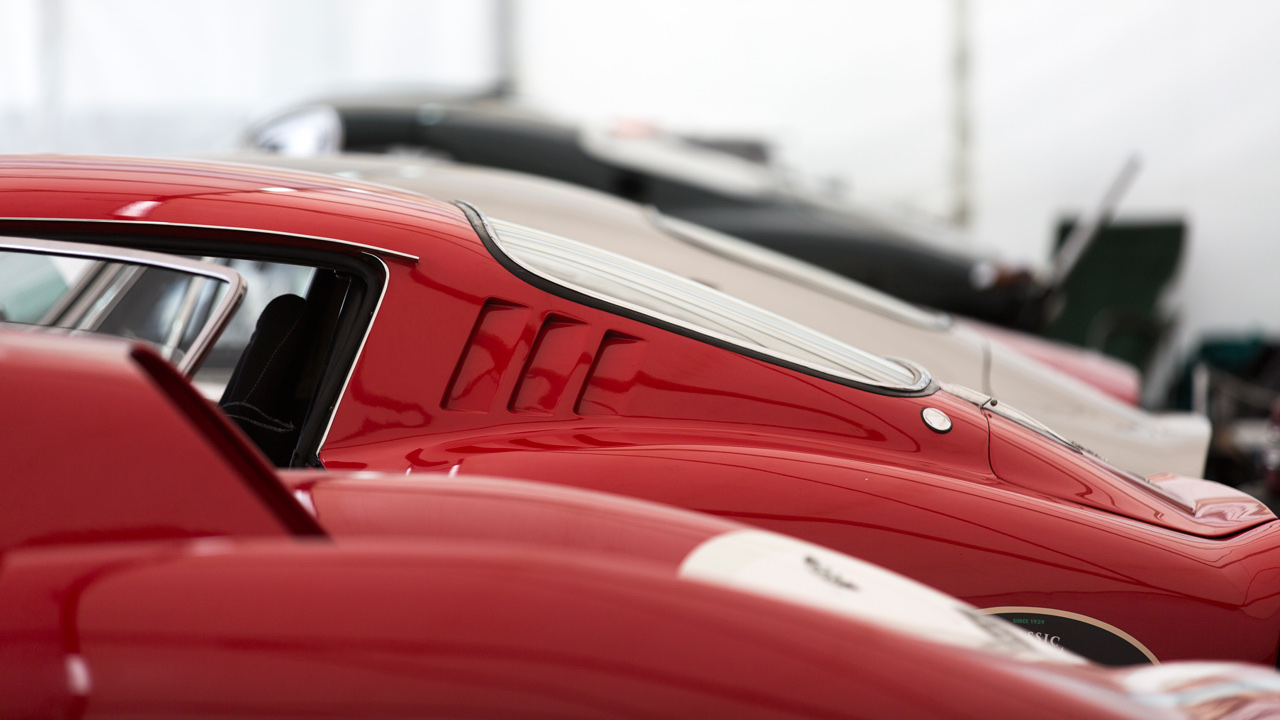
Andy Wallace, who won the race in 1988 in a Jaguar, was victorious in Jaguar Classic Challenge at the wheel of a D-Type (1955) driven by Mike Hawthorn and Ivor Bueb. Wallace’s former team-mate in 1988, Jan Lammers, from Holland, entered in an Austin Healey 3000. Emmanuel Collard, who raced in the Le Mans 24 Hours for the 22nd time this year, tackled the long circuit at the Le Mans Classic in a Porsche 908/3 (1971) and a 911 Turbo RSR (1974). Another outright Le Mans winners Jochen Mass (1989) returned to drive a De Tomaso Pantera Gr. IV (1971) and a Porsche 911 RSR 3L (1974). Two-time winner Gijs van Lennep (1971 and 1976) took control of the formidable Porsche 908 LH (1968).
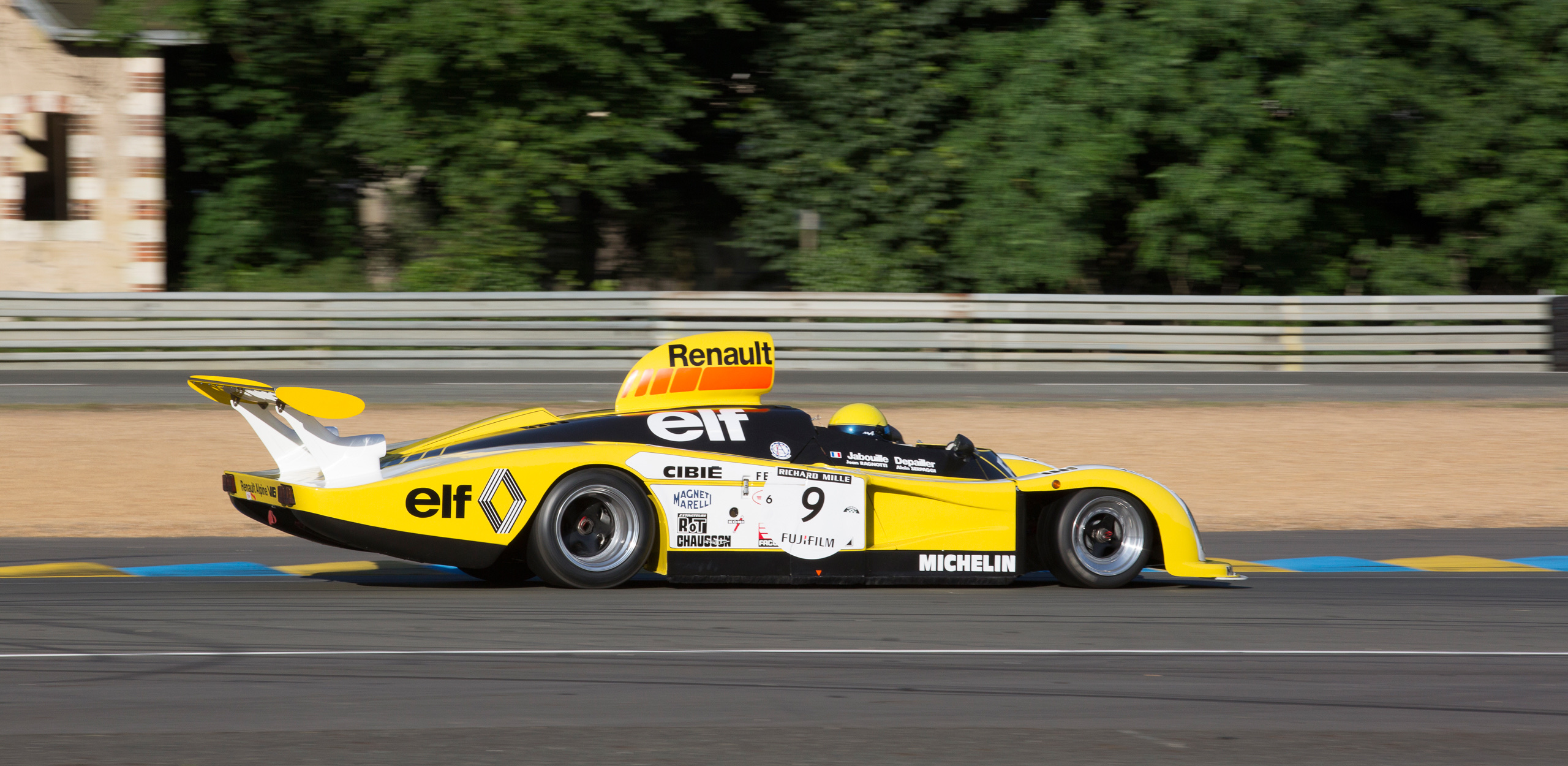
Among the changes for the 2016 Le Mans Classic was the opening of the circuit on Friday morning for five additional hours of practice sessions, as well as the Group C race of almost 40 cars. There was also the field of the Jaguar Classic Challenge with 60 cars representing the Coventry make including the most iconic like the Types C, D, E, XKs, and Mks.
Grid 1 for pre-war cars from 1923 to 1939 kicked off the official start of the 8th Le Mans Classic with American recording star Pharrell Williams waving the French flag unleashing men and machines on the 8.3-mile circuit.
During the weekend competition, the auction held by Artcurial Motorcars (the 4th in the history of Le Mans Classic) brought in over 9 million euros with 72% of the lots sold. Another of the event’s highlights was the prestigious Concours Le Mans Heritage Club comprising 24 hand-picked cars, all of which had taken part in the Le Mans 24 Hours between 1923 and today. The jury consisting of numerous specialists awarded the following prizes on Sunday afternoon:
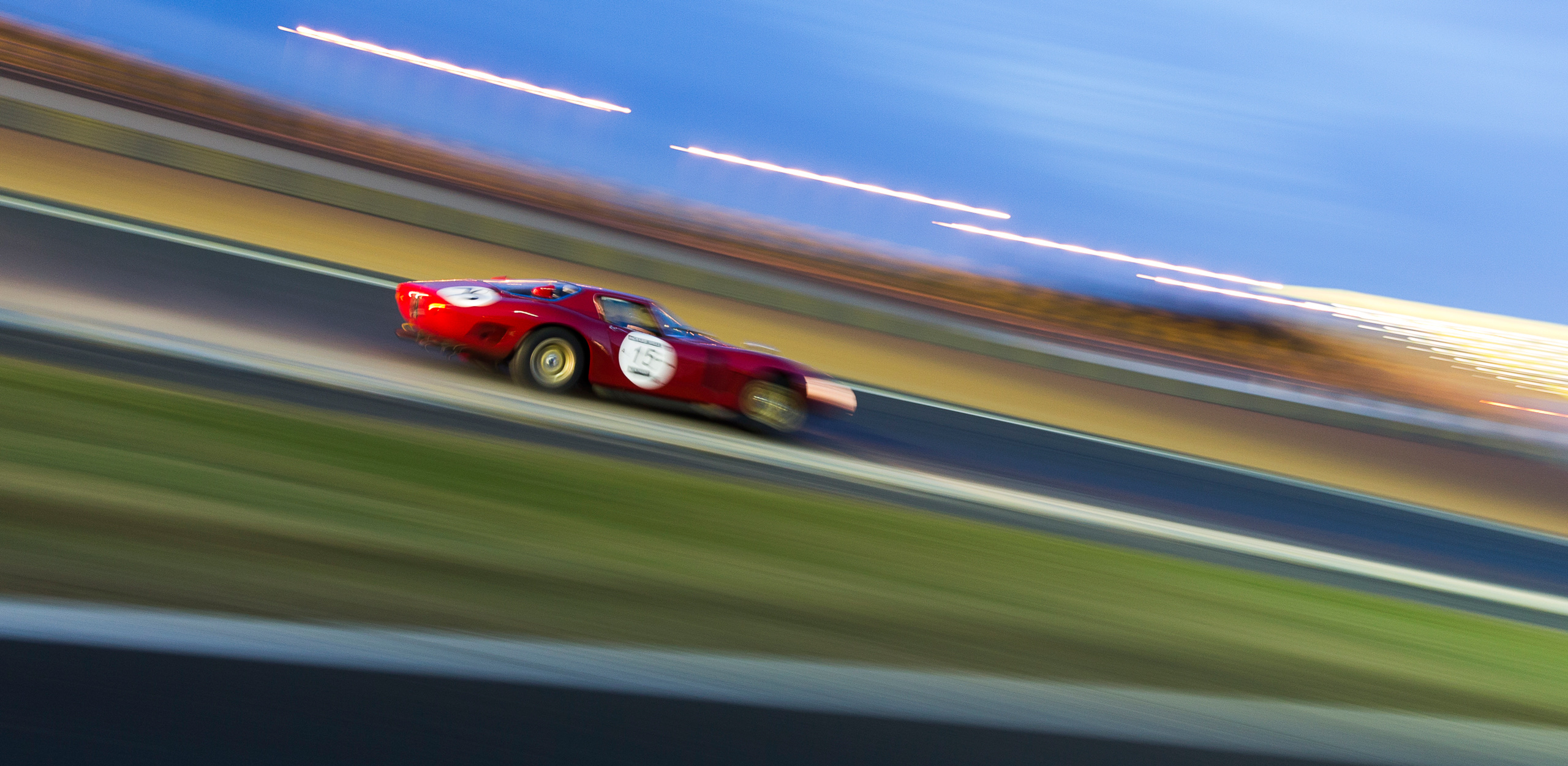
When the flag came down at 16:00 Sunday on the 8th staging of Le Mans Classic, these highlights ranked among the outstanding victories:
FIELD 4: The Ford GT 40s dominated the podiums in the three Field 4 races thus fully commemorating the 50th anniversary of Ford’s one-two-three at Le Mans in 1966 after the Ford GT victory at the 24 Hours back in June.
FIELD 5: Bernard Thuner won Race 1 and Race 3 at the wheel of his #12 1968 Lola T70 MK III ahead of Eric De Donker in another Lola MK III B (#42, 1969). In Race 2 Eric De Donker captured the win. The #23 Porsche 917 driven by Carlos Monteverdre and Gary Pearson rounded out the Race 1 podium.
FIELD 6: Past Le Mans winner Marco Werner and his #78 Porsche 936 reigned supreme in Field 6 in all three races, despite being slightly damaged during free practice.
Werner thanked his team who prepared the car – “The car was very difficult to drive, I can tell you that doing a 40-minute stint in this car amounts to four and a half hours of effort at the wheel of the Audi R8 in which I won at Le Mans.”
Thus the 8th Le Mans Classic again exceeded the success of the previous events. Since its launch in 2002, the Le Mans Classic has become a fitting complement to the 24 Hours of Le Mans. Just as contemporary endurance cars push the boundaries of technology and efficiency, so the drivers who risk their lives behind the wheels of these glorious historical cars see to it that the skills needed to drive them at speed will never be lost.
